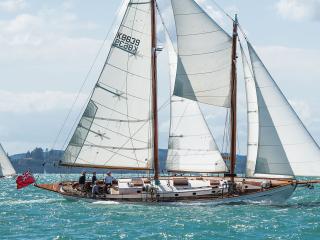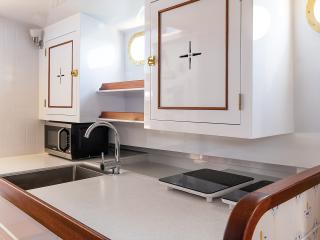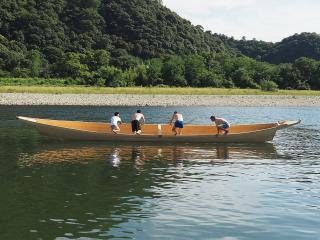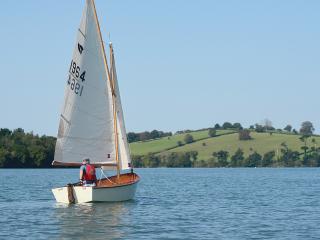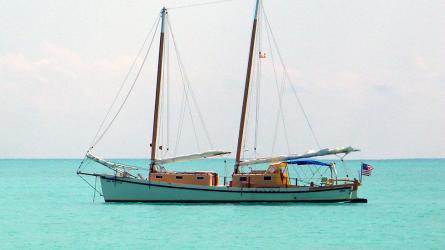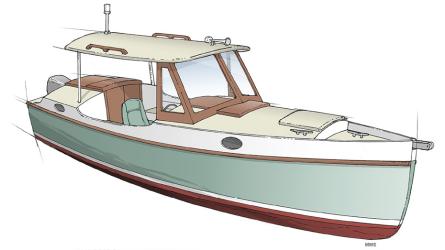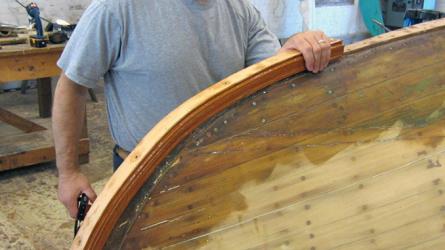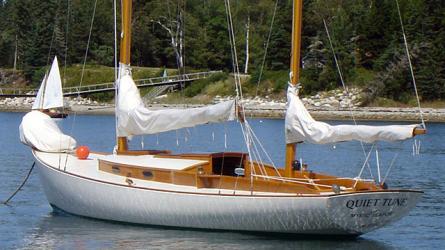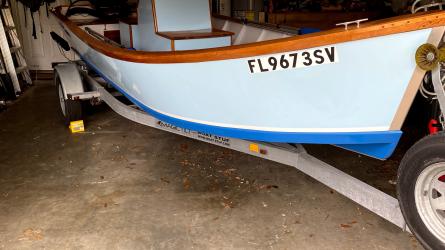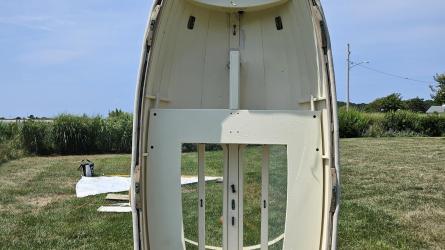May / June 2021
Where Is This Horse Bone From?
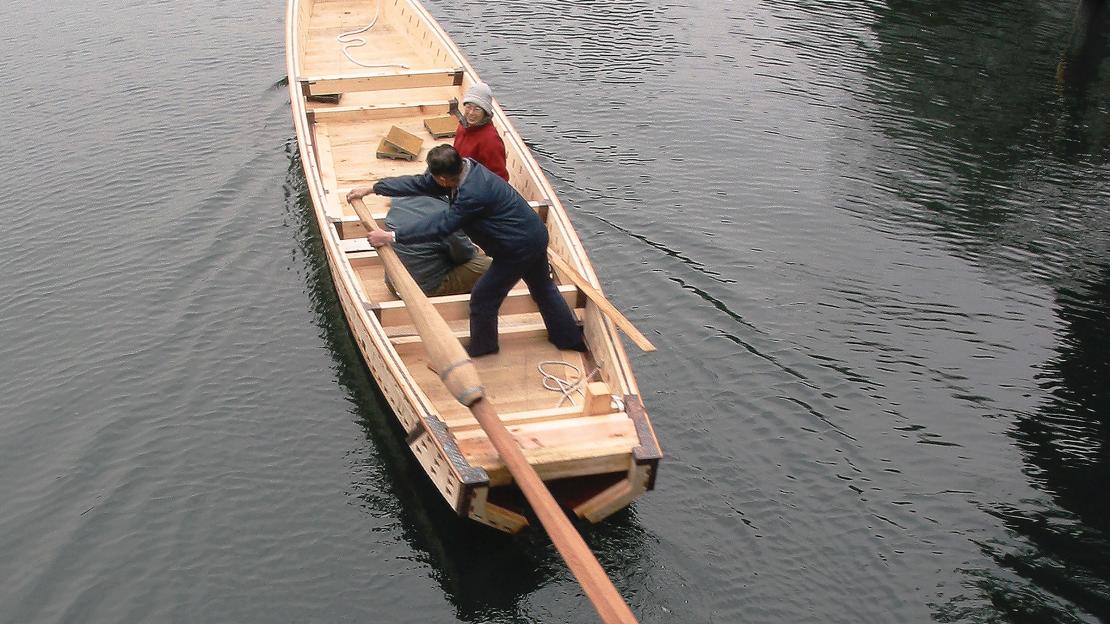
Boatbuilder Douglas Brooks has made a scholarly career of documenting traditional Japanese boatbuilding. He is seen here at the steering oar of a chokkibune, a type of water taxi once common on Tokyo’s numerous canals. Working with Kazuyoshi Fujiwara of Tokyo, Brooks built and launched this boat in 2003.
“The worst thing that ever happened to me in Japan,” says Douglas Brooks, “is one of my teachers accused me of stealing his secrets.” It was the summer of 2003, and Brooks was in the midst of a two-month apprenticeship with Seizo Ando, a boatbuilder from the Aomori Prefecture of northern Japan. Ando, who had first apprenticed as a boatbuilder at the age of 15, was in his mid-70s at the time. He had turned out well over 100 boats in his career, both small, open craft and larger, 5-ton squid-fishing vessels, before being driven out of business by the advent of fiberglass production boats. Twenty-two years after leaving the trade, he was building one last boat to teach a young American all that he knew— or almost all that he knew. The competitive instincts that had once kept Ando’s business thriving were bubbling to the surface.
“He wouldn’t let me trace his stem pattern, which was the only pattern he had. We were at this complete impasse, and I just sort of gave up. And then he said, ‘Clean the shop and close it up. See you in the morning.’” Ando proceeded to walk out of the building, leaving Brooks alone with the stem pattern and his roll of tracing paper. “It was truly theater. He had to say, ‘You can’t have that,’ just as I had to steal those secrets.” Brooks had learned that this practice of covertly taking withheld information from one’s master was so common in Japanese apprenticeships that there was a particular word for it: nusumigeiko, meaning “stolen lessons.” In tracing the pattern, he was claiming his place in an ancient tradition.
To say that Brooks has been involved in the preservation of traditional Japanese boatbuilding is something of an understatement. For the past 30 years, he has been studying, documenting, and teaching the craft, undertaking apprenticeships with nine master boatbuilders, and writing a definitive text on the subject, Japanese Wooden Boatbuilding. His is a story of being in the right place at the right time, certainly, but also of being the right person for that place and time; of having the vision, skillset, and perseverance to recognize the value of a disappearing art, and coax it back to life. Now 60, Brooks’s hair is graying around the edges, and he still has the tall, lean physique of his college days as a middle-distance runner. He talks (and works) with an intensity that suggests an absolute passion for what he does.
To read the rest of this article:
Click the button below to log into your Digital Issue Access account.
No digital access? Subscribe or upgrade to a WoodenBoat Digital Subscription and finish reading this article as well as every article we have published for the past 50-years.
ACCESS TO EXPERIENCE
2-for-1 Print & Digital Subscription Offer
For this holiday season, WoodenBoat is offering our best buy one, get one deal ever. Subscribe with a print & digital subscription for $42.95, and we’ll give you a FREE GIFT SUBSCRIPTION to share with someone special.
1 YEAR SUBSCRIPTION (6 ISSUES)
PLUS ACCESS TO MORE THAN 300 DIGITAL BACK ISSUES
PRINT+DIGITAL $42.95
Subscribe
To read articles from previous issues, you can purchase the issue at The WoodenBoat Store link below.
 Purchase this issue from
Purchase this issue from
